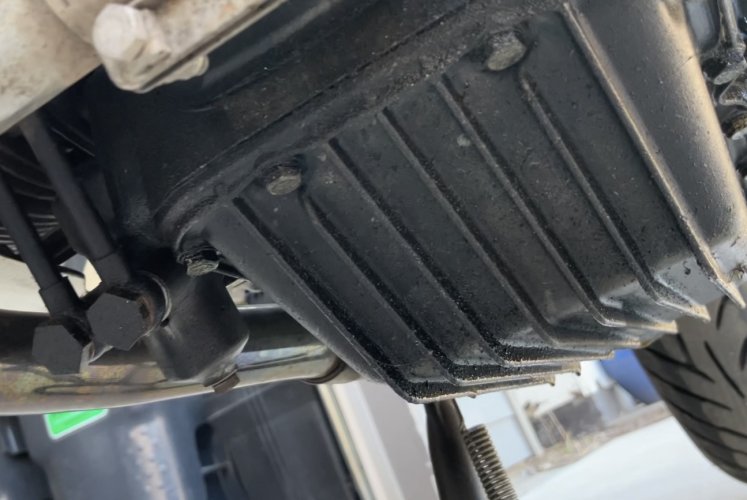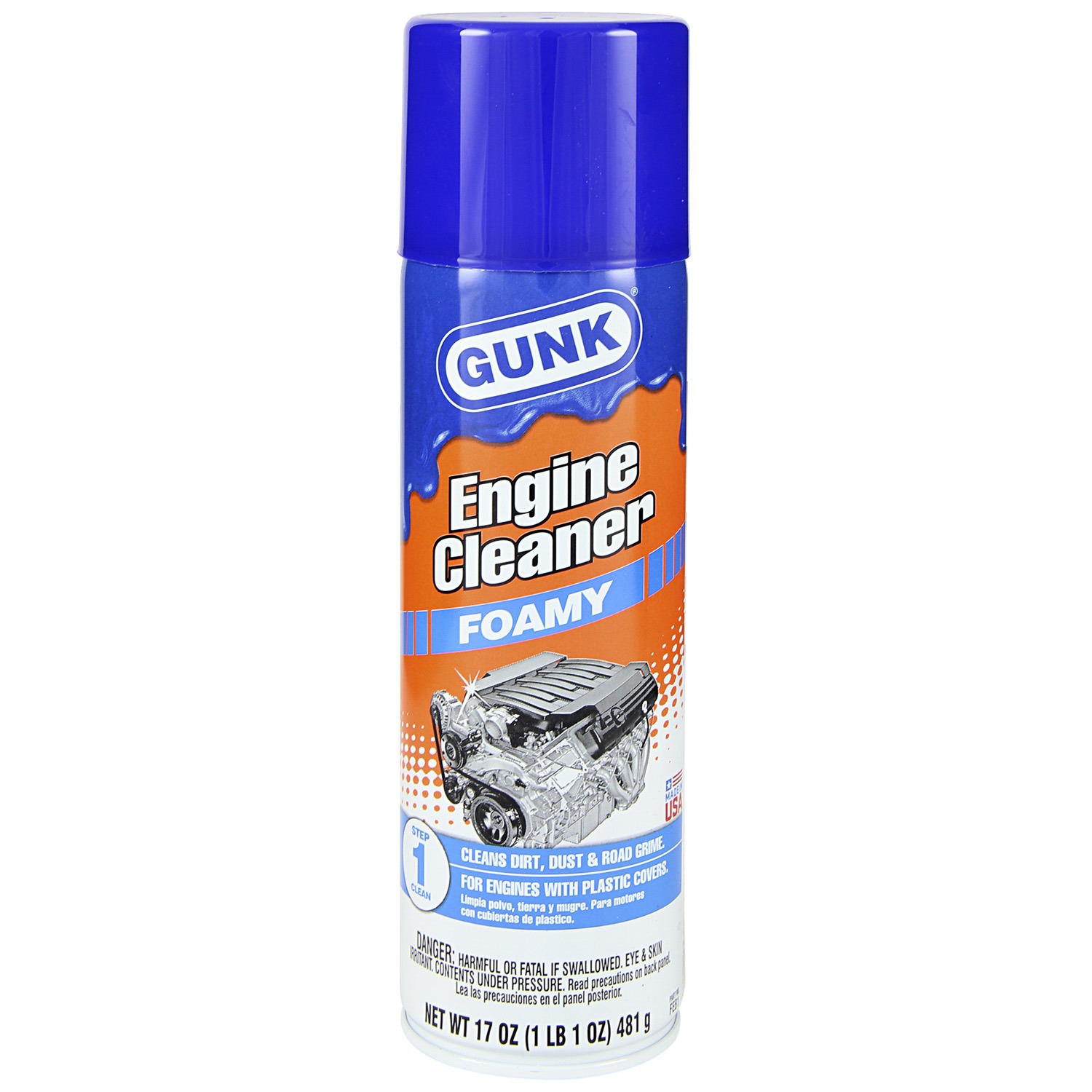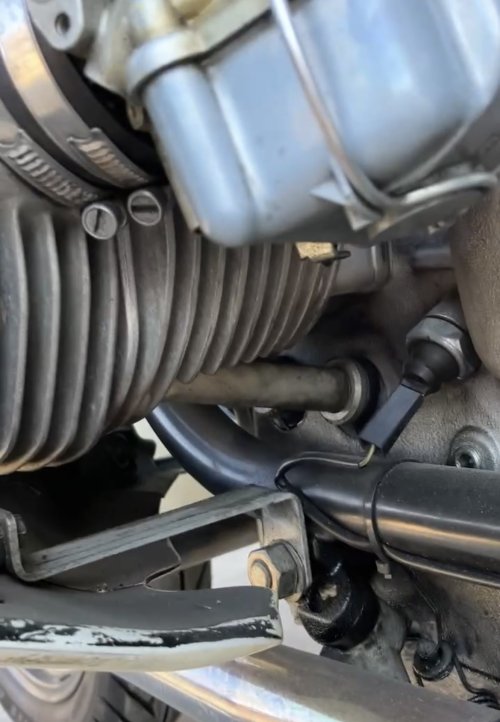Hello everyone, I’ve been around here a while but this is my first post, hope that’s OK to dive right in…
I’ve had a few oilheads, but have never owned an airhead and would like to change that. I’ve been looking for a monolever R100RS and am about to make an offer on a white 1989 that seems to be in pretty good shape, ODO at just over 44K miles. It’s only been ridden a few hundred miles per year over the last several years, but the owner shared a log of what has been done (starter, fork seals, steering bearings, etc). The bike is not nearby so I’ve not seen it in person, but have gotten images and a few videos.
The main concern I have is the amount of oil coating the oil pan, wondering if it’s indicative of something really bad or if it’s just been neglected, sitting too long and just needs some attention. The owner is saying that it just needs an oil pan gasket, no oil coming from behind the front engine cover.
From the blackened color of the front of the pan, I would guess that it does at least need a new gasket. But I also see that the oil cooler lines and adapter are oily and completely black as well. I’ve attached two images that I pulled from the video he shared.
So my question is: does this look like a straightforward pan gasket leak that has discolored the pan and the oil cooler parts? Or something more?
I know it’s difficult/impossible to diagnose with just a few photos, but thought I’d try to see if this is no big deal.
Cheers,
Mark


I’ve had a few oilheads, but have never owned an airhead and would like to change that. I’ve been looking for a monolever R100RS and am about to make an offer on a white 1989 that seems to be in pretty good shape, ODO at just over 44K miles. It’s only been ridden a few hundred miles per year over the last several years, but the owner shared a log of what has been done (starter, fork seals, steering bearings, etc). The bike is not nearby so I’ve not seen it in person, but have gotten images and a few videos.
The main concern I have is the amount of oil coating the oil pan, wondering if it’s indicative of something really bad or if it’s just been neglected, sitting too long and just needs some attention. The owner is saying that it just needs an oil pan gasket, no oil coming from behind the front engine cover.
From the blackened color of the front of the pan, I would guess that it does at least need a new gasket. But I also see that the oil cooler lines and adapter are oily and completely black as well. I’ve attached two images that I pulled from the video he shared.
So my question is: does this look like a straightforward pan gasket leak that has discolored the pan and the oil cooler parts? Or something more?
I know it’s difficult/impossible to diagnose with just a few photos, but thought I’d try to see if this is no big deal.
Cheers,
Mark





